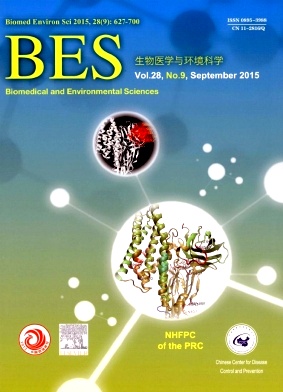How Work Organization Affects the Prevalence of WMSDs:A Case-control Study
doi: 10.3967/bes2015.088
-
Key words:
- WMSDs /
- Work organization /
- Case-control study /
- Prevalence /
- Risk factors
Abstract: Objective In this study, we aimed at exploring the association between work-related musculoskeletal disorders (WMSDs) and work organization based on a case-control study.
Methods A total of 1938 workers who claimed to suffer from WMSDs were selected from Beijing, Henan, Hubei, and the Guangdong province. The control group consisted of 2009 workers employed in similar industries without severe disease or musculoskeletal discomforts. We used a modified version of the questionnaire developed by the NMQ and the DMQ to investigate individual and work-related factors.
Results A total of 13 variables (P<0.1) were selected by the chi-square test and finally, 7 variables entered into the equation, with 6 variables reaching statistical significance (P<0.05). The odds ratios (OR) of ‘work changing with season’ and ‘sufficient rest time’ did not reach 1 (0.749 and 0.441, respectively). In addition,‘sufficient rest time’ seemed to be the stronger protective factor according to its higher standardized coefficient. And ‘repetitive work every minute’, ‘constantly repetitive work’ (every day),‘shortage of site personnel’, and‘often switching shifts with others’ seemed to be the risk factors.
Conclusion Work organization may have comprehensive effects on the occurrence of WMSDs. This pattern of associations suggests that further investigation into the mechanism of how work organization affects the prevalence of WMSDs is required.
| Citation: | LIU Lu, CHEN Song Gen, TANG Shi Chuan, WANG Sheng, HE Li Hua, GUO Ze Hua, LI Jing Yun, YU Shan Fa, WANG Zhong Xu. How Work Organization Affects the Prevalence of WMSDs:A Case-control Study[J]. Biomedical and Environmental Sciences, 2015, 28(9): 627-633. doi: 10.3967/bes2015.088 |







 Quick Links
Quick Links
 DownLoad:
DownLoad: